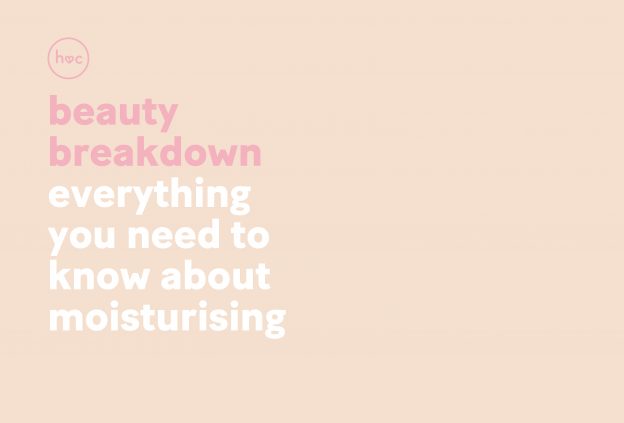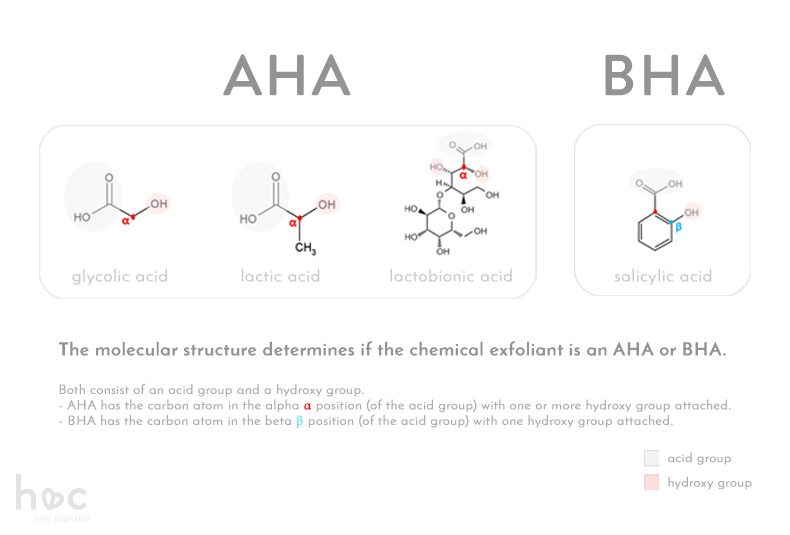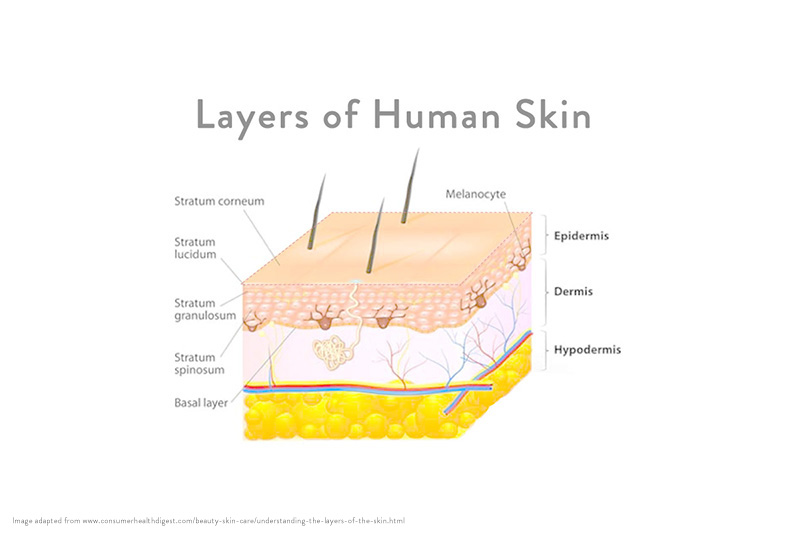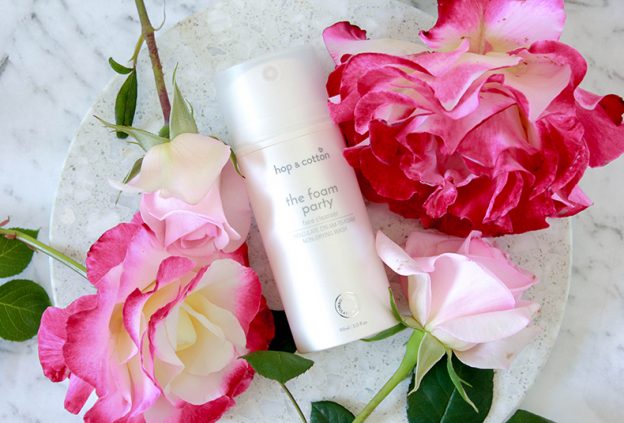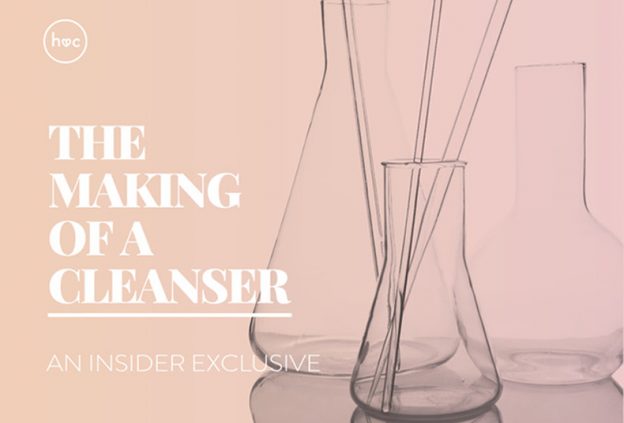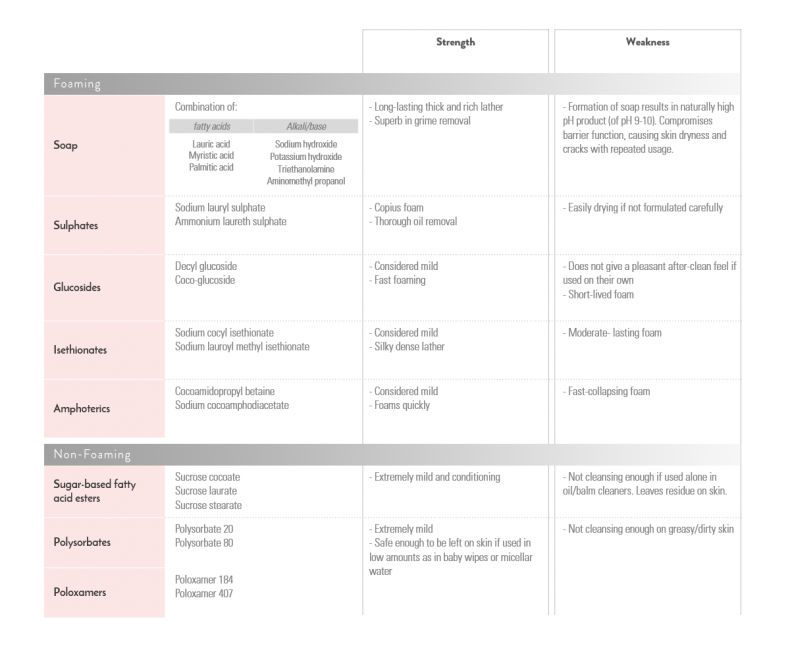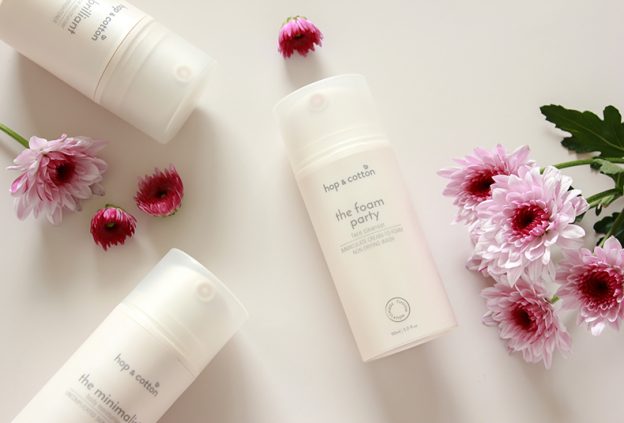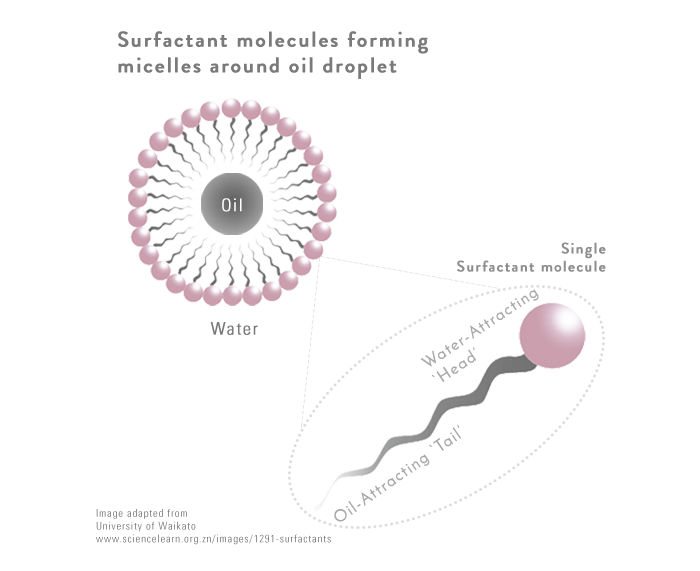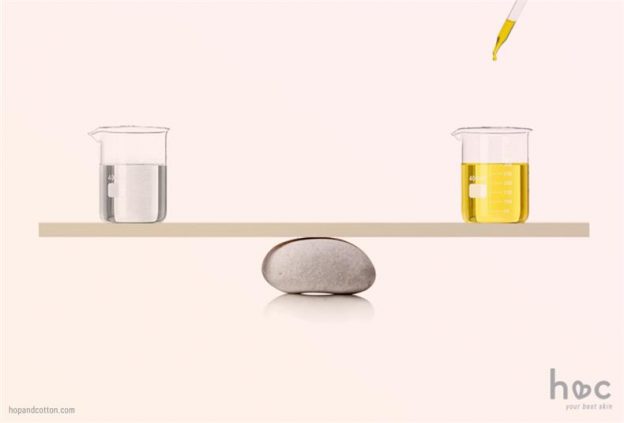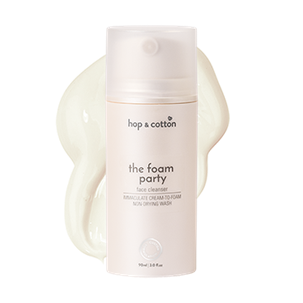Moisturisation is achieved through humectants and emollients.
Thus, they play a big role in how well moisturisers perform.
Types of humectants and emollients
Humectants attracts water; emollients reduce water loss. The figure below illustrates some examples.
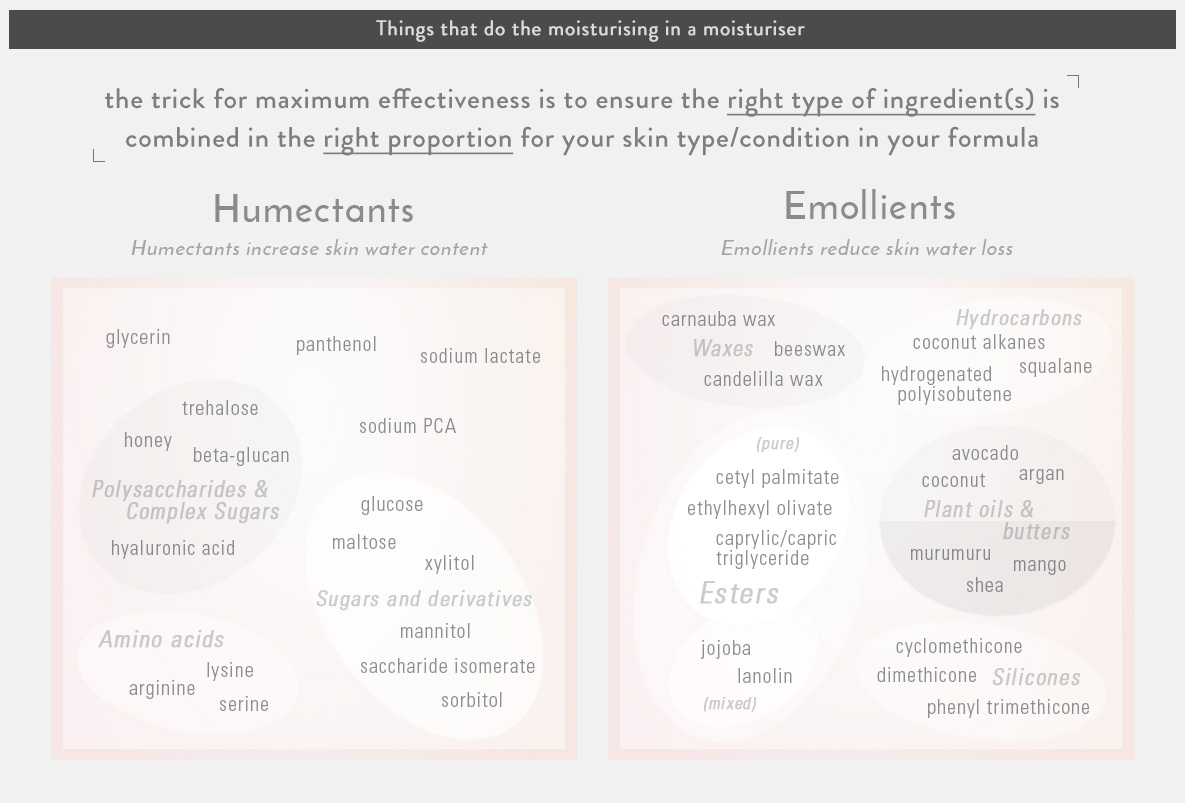
How do we pick which (and how much) to use from so many choices? For humectants, it mostly comes down to compatibility with other ingredients in the formula, but emollient selection requires more consideration.
A balancing act
Oily skin is naturally high in sebum, so don’t need much more oil in their products. Dry skin lacks oil, thus benefits from a good amount of emollient.
Besides skin type, other conditions (e.g acne or dermatitis) also need to be deliberated. This ensures that the moisturiser hydrates sufficiently without exacerbating blemishes or causing reactivity.
Other factors affecting moisturising efficiency
In addition to the moisturiser itself, external factors also affect skin’s water content.
-
- Humidity
Low air humidity (e.g. climatic or heater/air-conditioning) encourages moisture evaporation from skin.
-
- Skin barrier integrity
Someone with compromised barrier (e.g. eczema or over-exfoliated) experiences water loss easily.
The All-in-One
As you can see, no single best moisturiser exists, as the appropriately balanced oils and humectants is highly skin specific.
This is why custom formulating your moisturiser is so powerful. Your advanced face moisturiser ensures that you’ll be adequately hydrated, without contributing to congestion or breakouts. Other than getting the moisturising ingredients right, we also include all necessary actives at appropriate amounts to address all your other skin concerns. This makes it a super all-in-one product that treats and moisturises at the same time.
Thanks for coming along for part of the formulating process!


